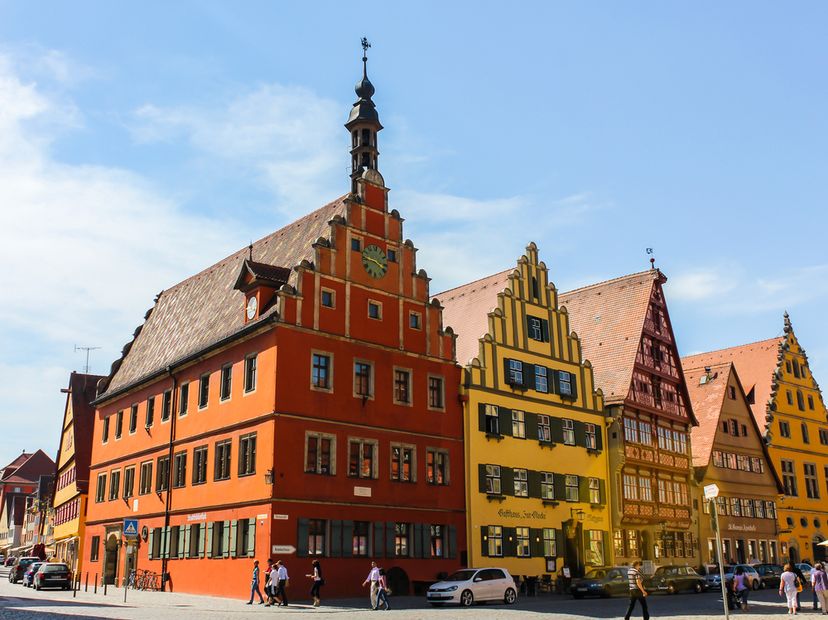
Germany is a country of history and architecture, modern advances, science, politics and business tycoons. The major towns are important on a global scale; Frankfurt is an international business hub, and Berlin is home to some of the most important historical events and landmarks in European history. Yet spend some more time in Germany and venture beyond the obvious tourist locations and you will find a quaint, picturesque Germany, filled with its own significant history and interesting architecture; here is where you will find the Germany that has filled our storybooks and taken over our dreams.
Advertisement
9. Bonn
Considered the capital city of West Germany, Bonn is best recognized as the birthplace of Ludwig van Beethoven. Situated on the Rhine River, with a population of just over 311,111, Bonn is the perfect base city if you are looking to visit cities like Cologne and Dusseldorf, and the Rhine River. With a heavy student population and thriving culture, Bonn has many outdoor cafes and beer gardens, and during the summer months, locals and tourists alike are found wandering the idyllic streets and enjoying the atmosphere.
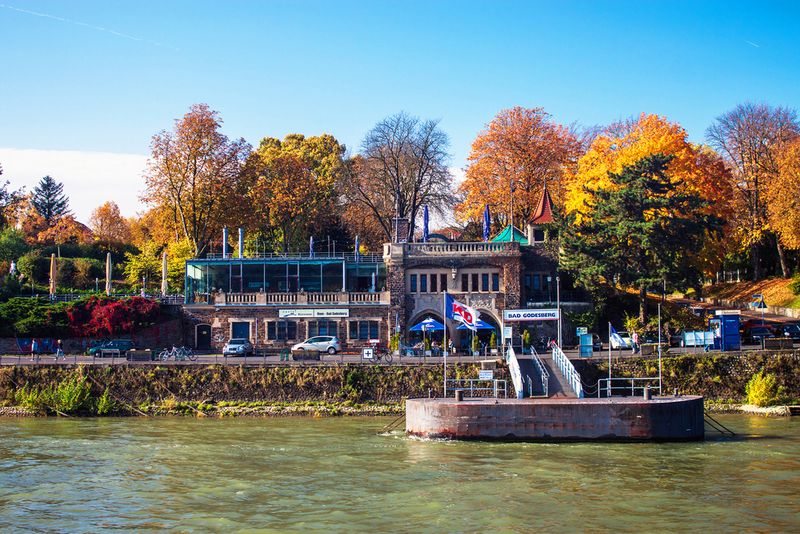
8. Nuremberg
Nuremberg is a city most often associated with WWII and the Nuremberg rallies; certainly a visit to the Nazi party rally grounds and the documentation center shouldn’t be missed if you are a history buff. However, Nuremberg, a German city in Bavaria, resembles what most people think of when considering a typical German town. With strong medieval architecture, the Artstadt (old town) houses the famous Kaiserburg Castle, churches, towers and fortifications, half-timbered houses and the always buzzing Hauptmarkt (center square). After walking to the top of the castle, make sure you stop by one of the beer gardens in the Hauptmarkt for a brew and a Nuremberg sausage, and don’t forget the sauerkraut!
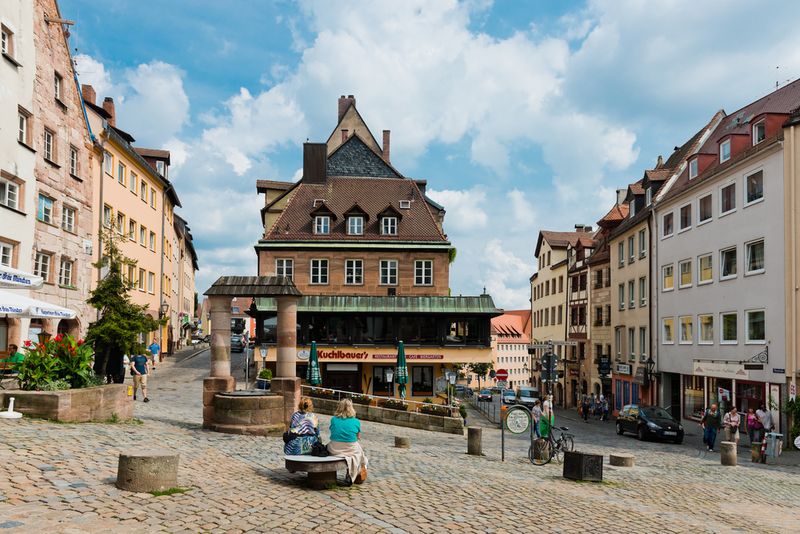
7. Cologne
Cologne’s most famous landmark is the Cathedral, and rightly so; climb the 509 steps to the top of the Kölner Dom to get an up close view of this UNESCO protected, gothic icon. As the fourth largest city in Germany at just over 1,000,000 inhabitants, Cologne is widely thought of as the most liberal town in Germany, and yet it still maintains a sort of small town charm. Spend some time walking around the river and through many of Cologne’s traditional neighborhoods to really get a feel of this city; discover the many historical sites, cafes, art stores, boutiques and local hangouts that are sure to fill up your day.
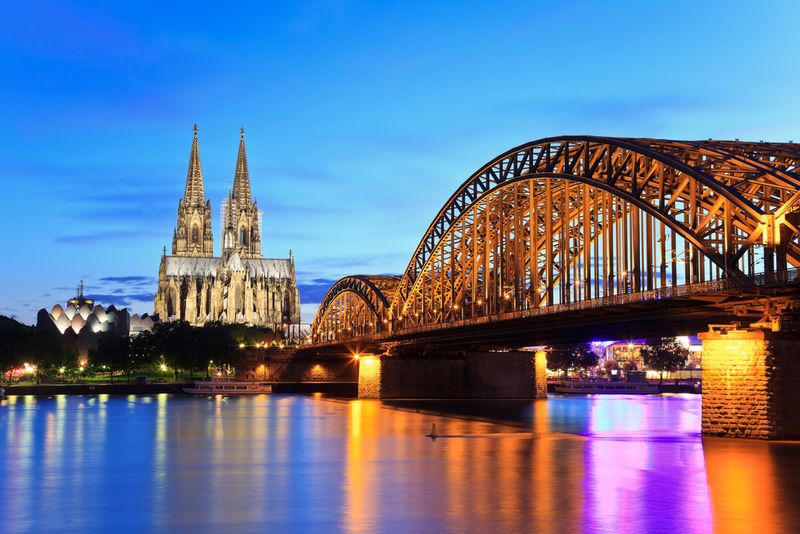
6. Lübeck
Lübeck, a northern German city situated on the Trave River, is Germany’s largest port city on the Baltic Sea. Only 36km from Hamburg, this medieval city gained UNESCO World Heritage status because of its old town; while most of the town was bombed during WWII, much of the old town survived. Containing seven Gothic-style church towers and surrounded in part by old city walls including two of the original town gates, Lübeck is a port city rich in history and medieval architecture with all the advancements of a thriving modern city. Wandering the streets of Lübeck offers you the perfect chance to witness, side by side, old and new Germany while enjoying a German seaside lifestyle.

Advertisement
5. Weimar
A small town most often visited by tourists on day trips and tours, Weimar is one of the most historic small towns in Germany. As the home of Goethe and Schiller, two of the most famous German poets, Weimar has many historical buildings and sites best visited on a walking tour. The city castle, the Bauhaus University, theaters, parks, art galleries, and memorials are just some of the historical sites in this town where each step has some history. After you have absorbed all the history you can, be sure to stop by a stand in the center square for a tasty bratwurst, a centuries-old delicacy enjoyed by locals and tourists alike.
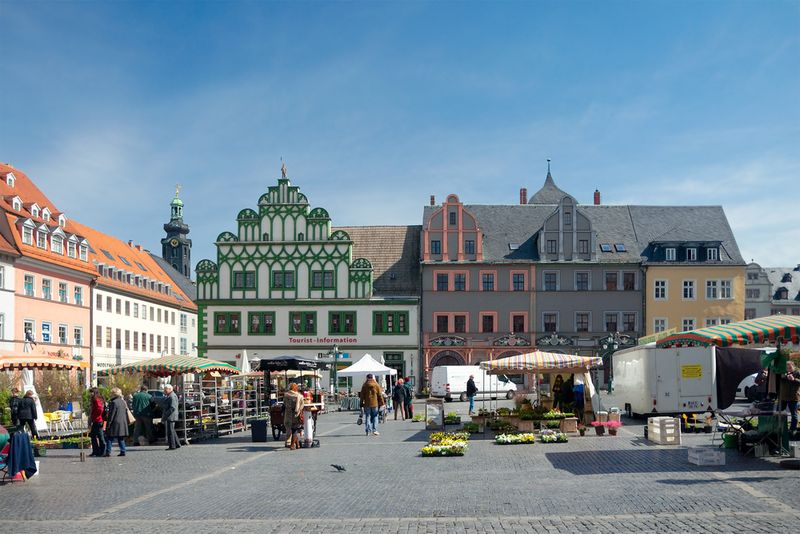
4. Rothenburg
Rothenburg ob der Tauber, or just Rothenburg, is a medieval town located on the Romantic Road in Bavaria, Germany. Visit this town and it seems like you step back in time; the medieval center, surrounded by the 14th century town wall, is a postcard right out of the Middle Ages. Now a big tourist attraction, this city is most often visited by hordes of tourist buses during the day; be sure to come early or stay late if you want to wander this charming town alone.
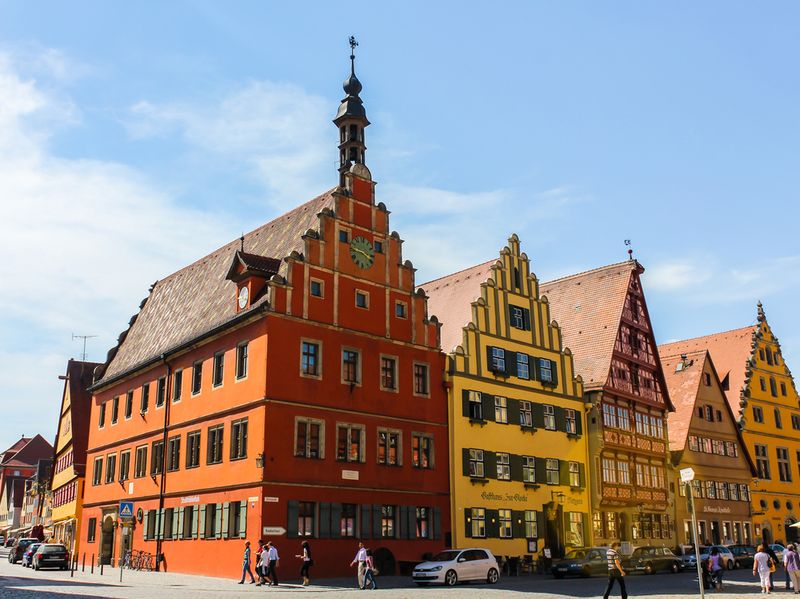
3. Bamberg
A UNESCO World Heritage Site, this small town located in Bavaria, Germany is famous for its historical architecture and preserved heritage. Bamberg is best explored by foot; the town center has many traditional cobblestone streets and medieval buildings such as the Altes Rauthaus, a must-see historical building built right into the middle of a bridge. This town is small and you do not need much time to see it all, but be sure to stop at one of the local taverns brewing Rauchbier, an interesting smoked beer unique to Bamberg.
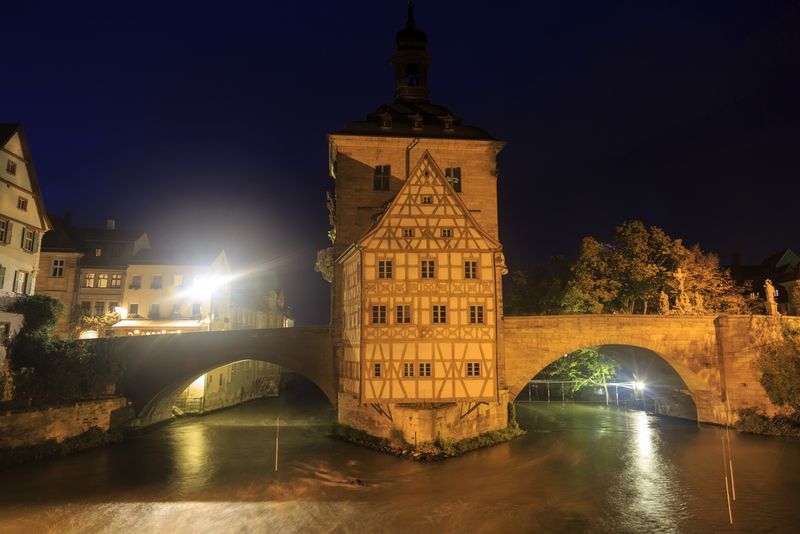
2. Quedlinburg
Almost all the red roofed buildings in the town square of Quedlinburg are timber-faced, with some dating back to the 16th century, which is one of the reasons this town has been a UNESCO site since 1992. Quedlinburg is one of the best preserved medieval renaissance towns in Germany; situated in the Harz Mountains, this small town is a must see for people wanting to immerse themselves in a medieval town. In the middle of the square is perhaps the oldest standing timber-framed structure in Germany, dating all the way back to the 14th century. However, this town isn’t strictly medieval; people here have managed to seamlessly combine the modern with the historic, making this a great town to visit for more than just a day.
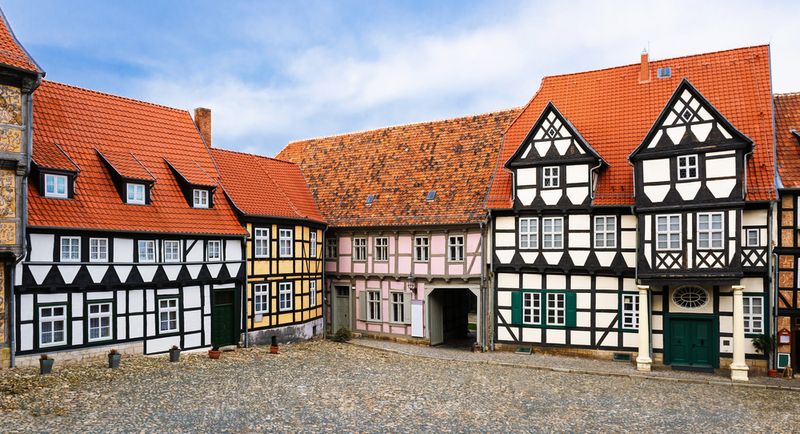
1. Garmisch-Partenkirchen
A town located just a few kilometers from the Austrian border, Garmisch-Partenkirchen was a town founded by Hitler for the sole purpose of hosting the 1936 Winter Olympics. This town is a mecca for outdoor activity; during the winter months, this town is packed with skiers, and during summer, hikers and sightseers wander the streets. The Zugspitze, Germany’s highest point, can be hiked by only experienced climbers, but families wanting to feel on top of the world can still reach the summit; using the cogwheel train that tunnels its way to the top is an experience in itself! It is worth a stroll through this town too; peaceful streets adorned with historical paintings on the sides of houses and budding flowers during the summer months make this the perfect German mountain getaway.
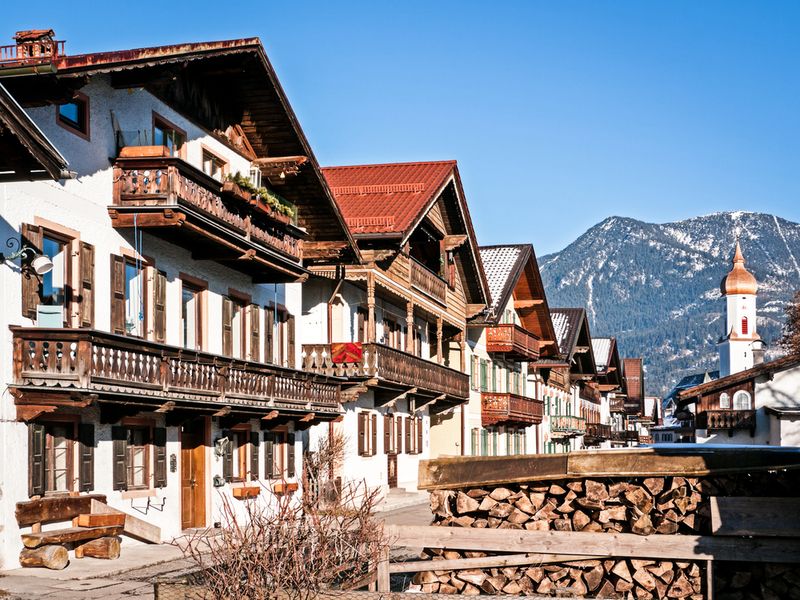
Advertisement